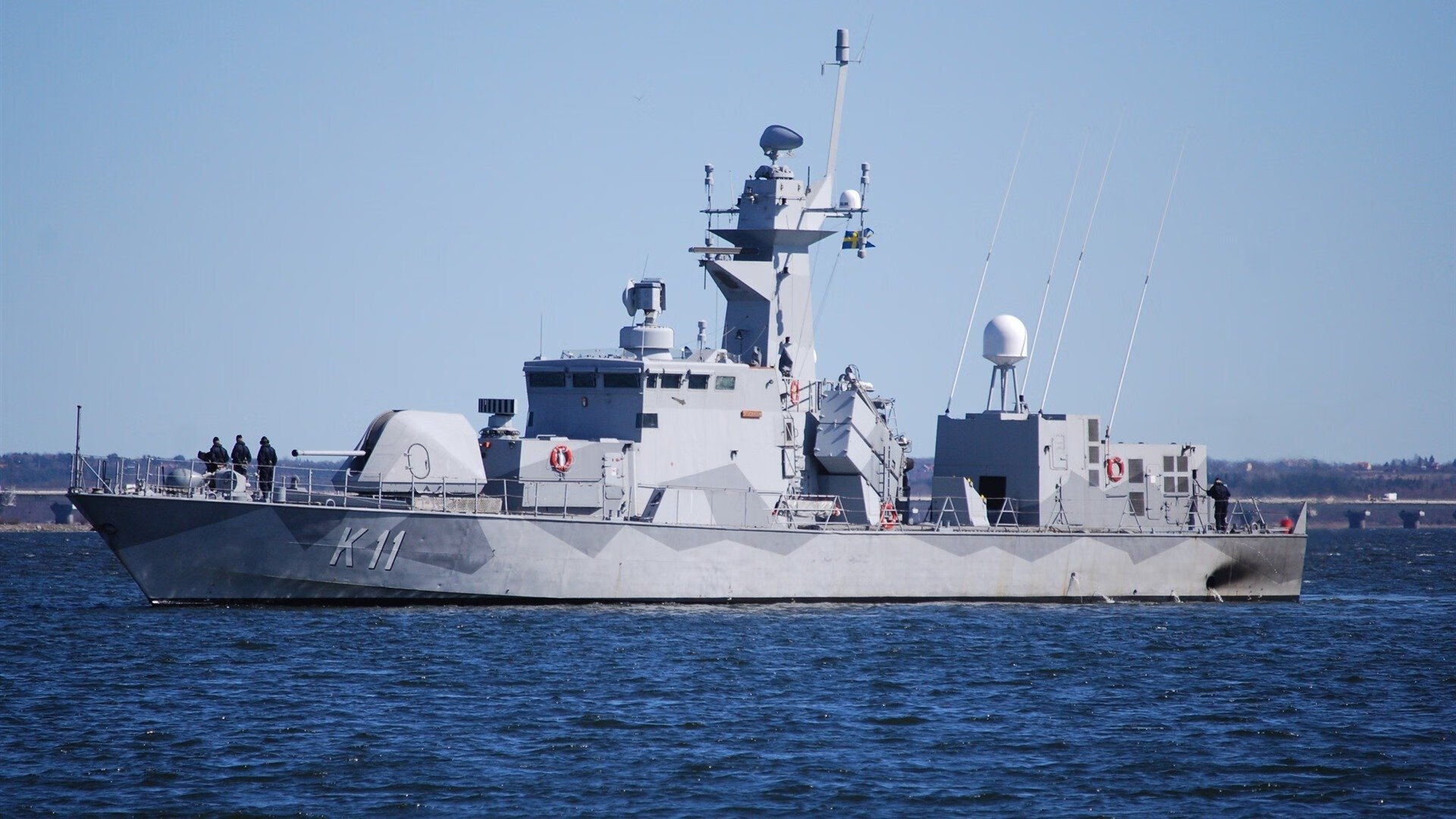ME-C主机排气阀行程低,查半天不在频道上...这乌龙闹得无语..
- 军事
- 2天前
- 404
根据说明书问题可能的原因,由易而难,于7月10日更换了该缸排气阀位置探头,并检查紧固相关的接线,但问题没有解决,7月11日该报警再次出现; 7月12日再次出现“exhaust valve stroke low'报警,同时出现“fuel plunger stroke too low'报警,也随即复位; 7月13日下午,船上更换备用FIVA阀(备用FIVA阀从内部通道存留油迹及导阀电线接线端来看应该是翻新件),拆下的FIVA阀未见异样;在主机运行两小时后, “exhaust valve stroke low'报警及“fuel plunger stroke too low'报警再次出现;随后把主机NO.6与NO.7 两个缸的FIVA阀对调,同时做了以下检查:1)、检查蓄能器压力(147.7/147.5bar),与其他缸差不多(试航时充压压力为150bar);2)、拆下排气阀部件节流阀(2272-0200-0027-249)与备用缸备件掉换(拆下的节流阀未见堵塞现象,检查通气量与备件差不多);3)、拆开排气阀空气弹簧止回阀检查,止回功能正常,装复;4)、对排气阀高压油管两端螺栓检查紧固; 7月14日早上04:45及05:05(LT),NO.7再次出现 “exhaust valve stroke low'报警;并触发主机“slow down';08:29停主机,更换排气阀,11:05动车转驾控;主机运行至15:26时,“exhaust valve stroke low'报警及“fuel plunger stroke too low'报警再次出现;随后停车更换MPC-10(CCU7)控制板,并检查紧固相关的接线,17:15动车转驾控;主机运行至19:38时,“exhaust valve stroke low'报警及“fuel plunger stroke too low'报警再次出现;随后停车并更换高压油泵行程探头,并再次检查紧固相关的接线, 直至写此经过,主机已正常运行50小时无报警。
2、原因分析 经过仔细比对MOP板报警中文字描述及HCU线型图,发现MOP报警文字显示的是exhaust valve stroke low(机舱监控报警显示也是),但HCU线型图上,排气阀的脉冲是正常的,而燃油柱塞行程的脉冲线没有了(见下图),图上曲线故障指示与报警显示是不一致的; 昨天晚上在更换燃油柱塞行程探头时(拆检发现探头腔内有少量的燃油),MOP报警文字描述显示的也是排气阀功能断线(见下图); 也就是说,在接报警通道时,把燃油柱塞行程低的报警,误描述成了排气阀行程低报警,二者报警文字描述对调了; 如基于以上的原因,则可对之前的所有解决问题的措施及故障无法消除,进行合理的解释: 1、船上做的都是针对解决排气阀的故障进行操作,而真正原因是燃油柱塞行程探头故障; 2、7月1日报警后秒复位,第二次报警出现在7月8日,以及之后报警越来越频繁,是因为探头腔内燃油越积越多,从而影响到探头的灵敏性; 3、在更换了燃油柱塞行程探头后(同时对腔内燃油进行了清理),主机没有再出报警 。 On July 1, the main engine MOP appeared no. 7 cylinder 'exhaust valve stroke low' alarm, and triggered the main engine 'slow down', then automatically reset, and then until July 8, July 9, the alarm appeared again; The thermal parameters such as exhaust temperature and explosion pressure of the main engine are not abnormal when main engine run normally.
On July 10, according to the possible reasons of the problem in the specification, Crew renewed the NO.7 cylinder’s exhaust valve sensor, then checked and tighten the associated cabling, but the problem was not solved, and the alarm appeared again on July 11th. On July 12, the alarm of NO.7 cylinder “exhaust valve stroke low”appeared again, and 'fuel plunger stroke too low' alarm appeared at the same time, also immediately reset; On the afternoon of July 13, crew replaced the FIVA valve; After two hours of running, 'exhaust valve stroke low' alarm and 'fuel plunger stroke too low' alarm appear again. At the same time, we did the following check: 1), check the accumulator pressure (147.7/147.5bar), similar to the other cylinders (150bar during sea trial);2) remove the throttle valve of the exhaust valve component (2272-0200-0027-249) and replace the spare parts of the spare cylinder (the throttle valve that is removed is not blocked); 3), Non-return valve for exhaust valve checked, all in normal; 4), the exhaust valve high pressure oil pipe on the end of the bolt checked and fastened; On 14 July, at 04:45 and 05:05 (LT) / No.7, the 'exhaust valve stroke low' alarm appeared again; and and triggered ME slow down. 08:29, stopped ME, renewed exhaust valve; 11:05, started ME; 15:26, these alarms appeared again, stopped ME, renewed MPC-10(CCU7)plate, and checked all correlative cabling; 17:15 restarted ME; 19:38 the 'exhaust valve stroke low' alarm and 'fuel plunger stroke too low' alarm reappeared; then stop ME and replace the high-pressure oil pump stroke sensor, and re-checked and fastened the connection。 #artContent h1{font-size:16px;font-weight: 400;}#artContent p img{float:none !important;}#artContent table{width:100% !important;}
你可能想看:
下一篇
话说“非遗”珠算





